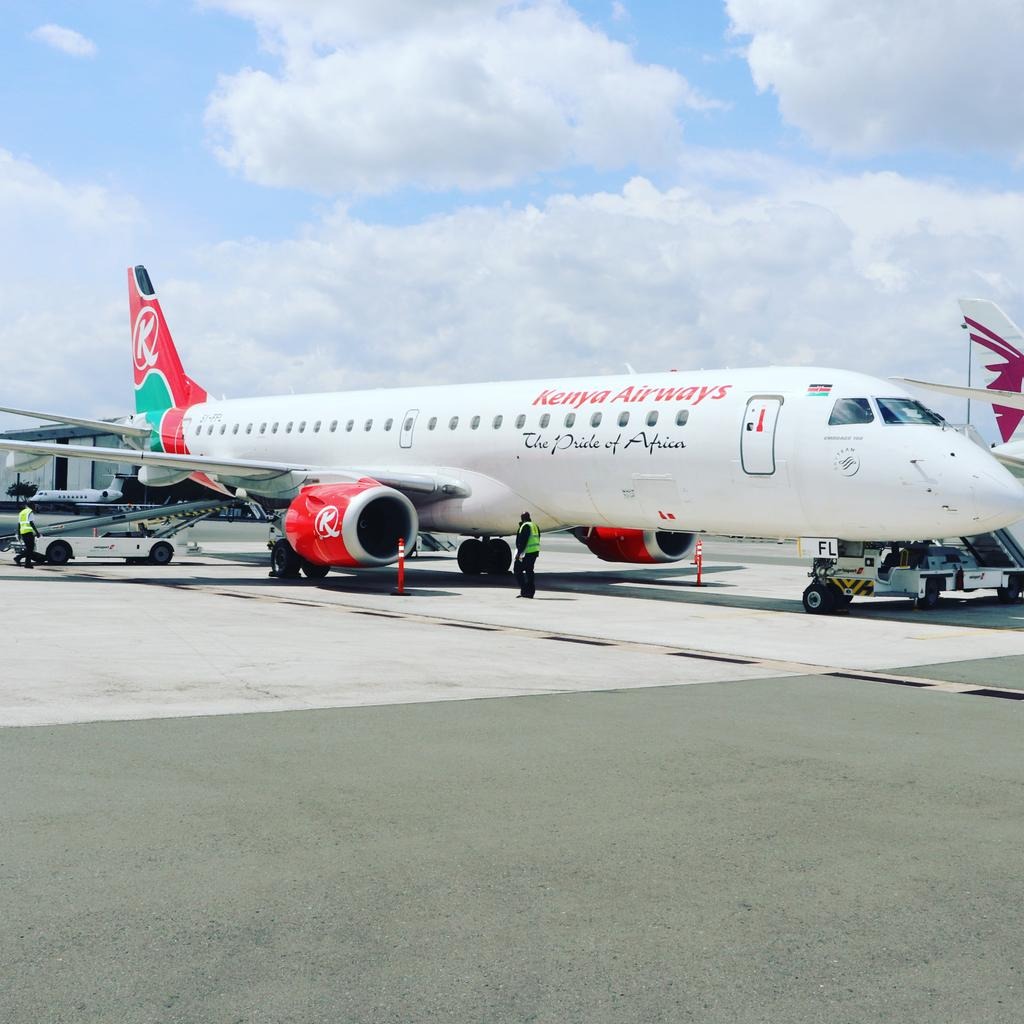Kenya Airways PLC (KQ) says it is implementing contactless transactions to enhance customer and staff health and safety priorities, at a time when touchless payments are witnessing tremendous growth in usage.
In a statement, the Kenyan carrier says it is implementing the service, in the wake of the COVID-19 pandemic.
The service will be effective from 1st September 2021.
“The contactless transactions align with the airline’s strategy to develop sustainable business operations through investing in innovative processes and technologies for customer safety and security throughout the customer journey,” KQ said.
KQ says it will encouraged its customers to use mobile money, credit or debit cards to make any transactions at the Jomo Kenyatta International Airport (JKIA), including purchasing tickets and paying for checked-in baggage.
Commenting on the development, Julius Thairu, Acting Chief Commercial and Customer Experience Officer said the aviation industry is increasingly adopting touchless technologies to keep passengers safe, and the COVID-19 pandemic has only heightened the ability to transition to a contactless environment.
“For Kenya Airways, we aim to keep innovating and digitizing our processes to serve our customers faster and more efficiently to minimize future disruptions,” said Thairu.
He added that alternative payment transactions are becoming increasingly popular across several touchpoints within the airline industry.
“This process will reduce the complexity of work for our agents, who will no longer have to worry about handling cash, finding exact change, or closing out a cash drawer at the end of the day. This is positive news for our customers and our team members at the airport,” he added.
The airline joins several other organizations and businesses that are increasingly encouraging the use of alternative options to pay for goods and services as one way to reduce social contact and spread of the coronavirus potentially.
Where, how to invest in Uganda’s e-commerce
COVID- containment measures
Last year, the East African country introduced several measures to encourage cashless payments on mobile phones as part of adherence measures issued to the government to curb the spread of the virus.
These included doubling of the daily transaction limits to 300,000 shillings in mid-March after the first case of COVID-19 was reported.
The measures also included the removal of charges on small transactions.
Contactless payments take root
The announcement by KQ come at a time when a new report has revealed that the lockdown occasioned by the coronavirus pandemic saw new e-commerce users rise by 5 percent in Sub-Saharan Africa in 2020, when compared to the active base the previous year.
The report by VISA attributed the growth to a preference for e-commerce, to fill the void left by the closure of face-to-face retail, which was implemented across many parts of the world, including the region, to fight the viral disease.
The ‘e-commerce developments across Sub-Saharan Africa’ report also notes that the economic shocks that followed COVID-19 have reduced spending power across the world, including in the region, but the closure of physical stores has provided a growth opportunity for digital payments and e-commerce itself.
As such, VISA said that e-commerce sales will grow to US$7 trillion across the globe by 2024, with the Asia Pacific, specifically, China, India, and Southeast Asia, being the key driving force behind the market at 56 percent of global volume.
Countries in the Middle East and North Africa region have the largest growth potential over the next 5 years.
The Sub-Saharan Africa region however lags the Middle East and North Africa region, but still shows strong potential, having seen a 42 percent year-on-year growth across the region from 2019-2020.
The report ranked Kenya among the top market contributors to e-commerce in Sub-Saharan Africa over the last the three years.
Visa said the country’s e-commerce sector has seen tremendous growth, driven by the usage of Mobile money.
According to the report by VISA, the top contributors to e-commerce in the region over the last 3 years, in order of contribution, were South Africa, Nigeria and Kenya.
In 2019 and 2020 for instance, South Africa sat in the first place of total volumes, while Nigeria was second, followed by Kenya and Ghana which were jointly ranked third.
The report indicates that South Africa is by far the dominant player at the moment and Ghana is continuously showing growing relevance.
